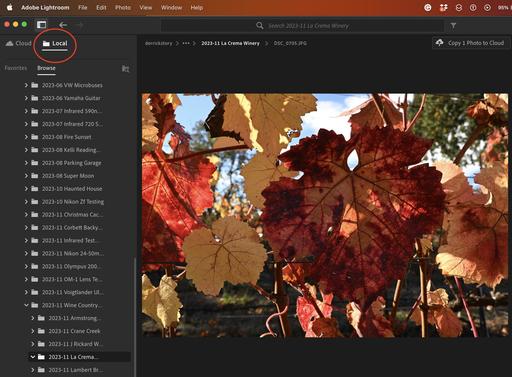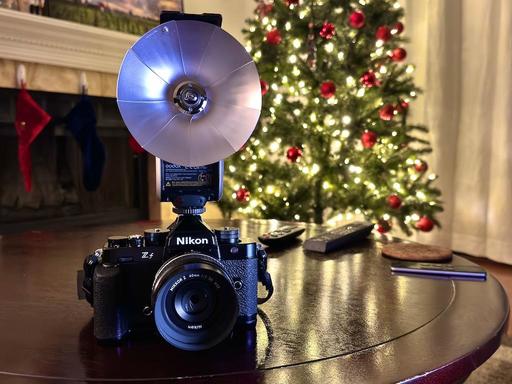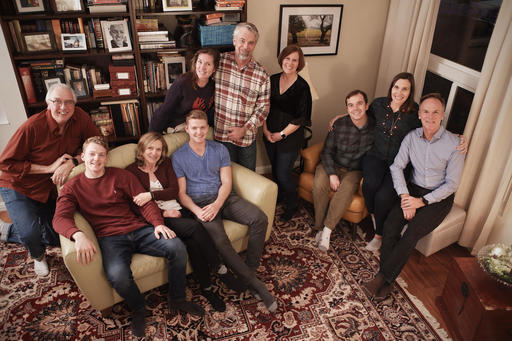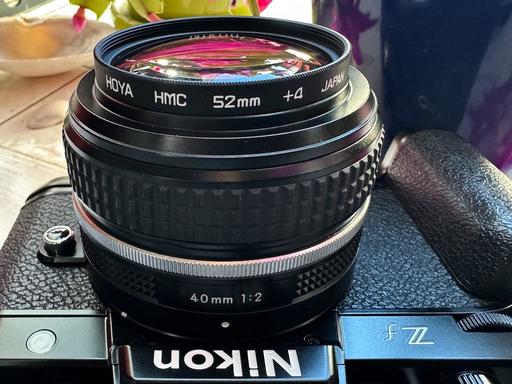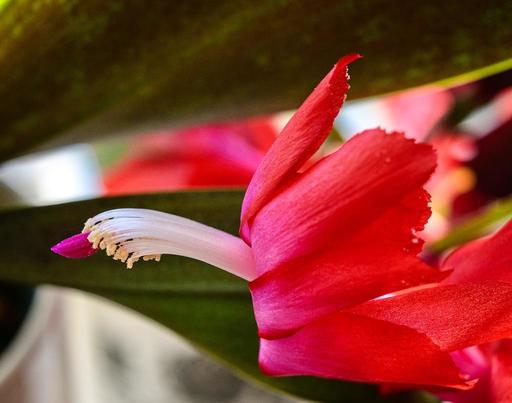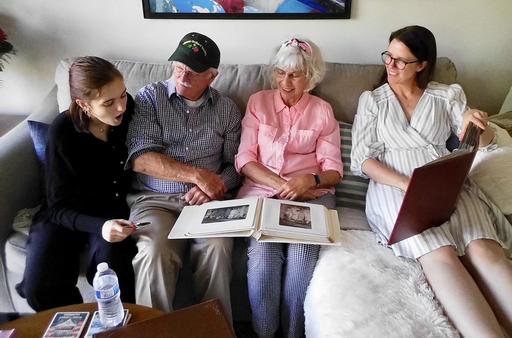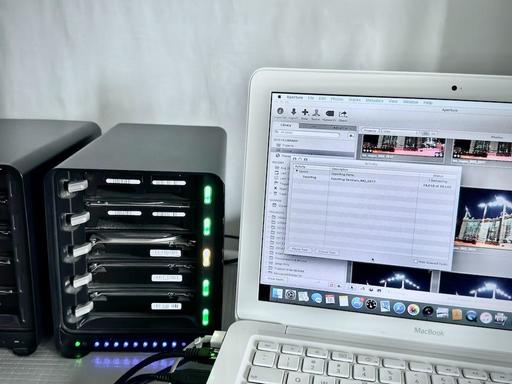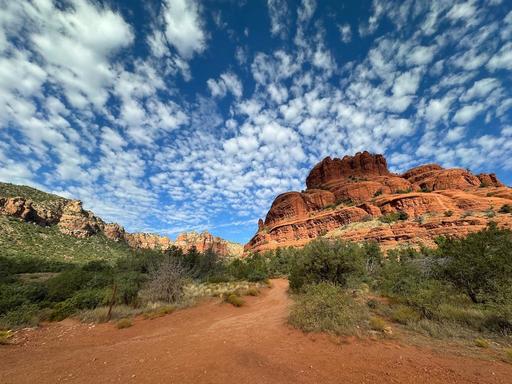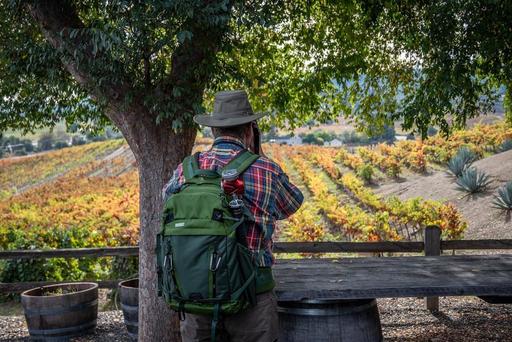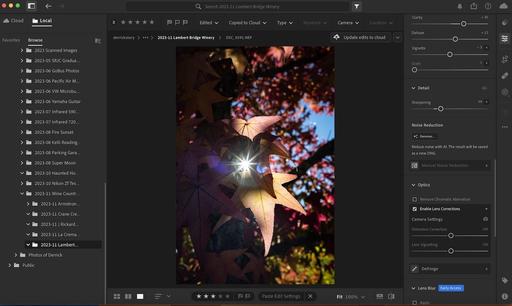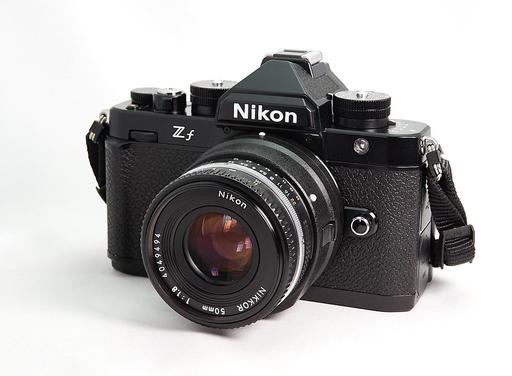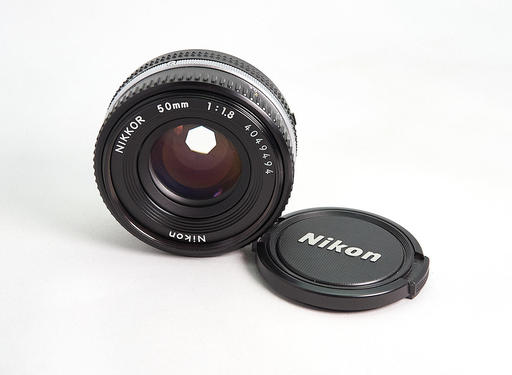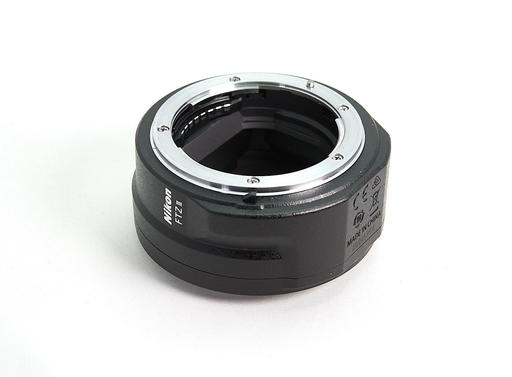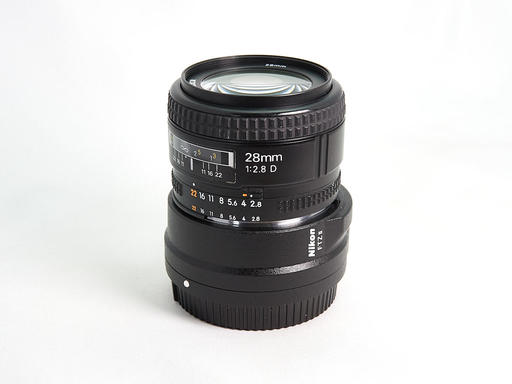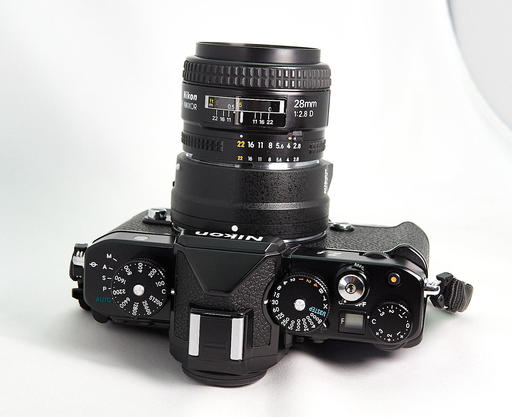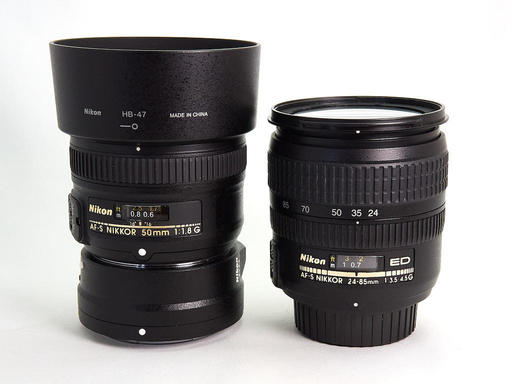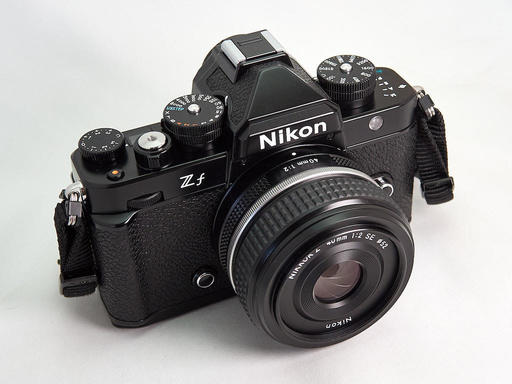This is The Digital Story Podcast #926, Dec. 19, 2023. Today's theme is "5 Photography Things I'm Thankful for in 2023." I'm Derrick Story.
Opening Monologue
As we bring a tumultuous 2023 to a close, photography has once again been my island of sanity. It's the place where I can focus on the positive, create beauty, and share in the success of others. As I look back on the year, there are five things that stand out. And I'm going to discuss each of them on today's TDS Photography Podcast.
Tune-In Via Your Favorite Podcast App!
Apple Podcasts -- Spotify Podcasts -- Stitcher
Podbean Podcasts -- Podbay FM -- Tune In
5 Photography Things I'm Thankful for in 2023
Thank goodness for photography! I can't tell you how many times I've thought that over the past year. Here are five reasons why.
- The Launch of Live View Photography Publication - When a handful of us from the TDS community got together and debuted Live View, it put me back in the editor seat for the first time since my O'Reilly Media days. And I love it. Since April 2023, we have published more than 90 top-quality articles. Our photographer-writers are as good as anyone online. And I'm really proud of the work we've done in 2023, and optimistic about what's to come in 2024.
- The Full Return of In-Person Photography Workshops - We started to inch our way back in 2022, but it was nerve-wracking. Finally, in 2023 we were able to convene without masks and antibody tests. That doesn't mean that COVID has left us, but we have learned to live with it, protect ourselves, and still enjoy community activities. All three in-person workshops were and enjoyable success in 2023, and I can't wait to hit the road again next year. You can learn more about our upcoming workshop season here.
- Adobe Finally Opens Up Lightroom to Local Folders - The problem with the app formerly known as Lightroom Creative Cloud was that it was inextricably tied to the cloud. Finally, late in 2023, Adobe took the handcuffs off Lightroom, letting us use it for pictures on our local drive. This changed everything for me. And I'm so glad I can now use Adobe's modern version of Lightroom the way that I want. You can read about all of the updates here.
- Nikon Releases the Zf - Because I'm a film photographer as well, I have lots of vintage glass that I want to use on digital bodies. But there wasn't a full-frame mirrorless that called to me, that is, until Nikon released the Zf. This is such a beautiful, intelligent camera that cheerfully accepts all of my classic glass at their native focal length. In addition to my OM-1 for travel, and the X100V for street, I now have the Zf for those mix-and-match personal projects. And I'm having a blast. You can learn more about the Nikon Zf here.
- The Blossoming of Our Online Community - We've had the Inner Circle for a while now, but 2023 is the year that this group reached critical mass and became the vibrant online community that I had always hoped. Every day I check in to see what's going on and what people are talking about. My vision was always to provide a safe place for photographers and artists to interact without the distraction of questionable ads or flamethrowing malcontents. And now we have it. And in 2024, as new members join us, it's only going to get better. You can sign up for the Inner Circle here.
There's more, of course, but these 5 things rise to the top. And it has not escaped my attention that this community is at the heart of much of this. Thank you so much!
Luminar Neo Adds Generative Expand to Its Trio of New AI Tools
You can read the entire article on FStoppers.com
Skylum has completed its trilogy of new Generative AI tools with the addition of Generative Expand. The company has already released GenErase and GenSwap.
The company says this new GenErase tool "empowers users to break free from traditional aspect ratios and add a new dimension to their original compositions. With GenExpand, you can effortlessly extend the boundaries of your photos, whether you're creating panoramic landscapes for vast mountain ranges, serene lakes, etc. or want to give your favorite images more breathing room to stand out against a beautifully balanced background."
Adobe offers something similar in Photoshop, and before that, they had Content Aware fill that accomplished something similar, but without advanced AI, the result could often be unsatisfying because the technology repeated parts of images it found to complete the fill.
In this example provided by Skylum, you can see a landscape expanded in width and the AI creates a believable topography expansion that matches well with the original photo.
Now most photographers, myself included, would wonder why any photographer would shoot an original image that cramped and without context of the rest of the landscape, but there's no doubt the technology works can provide a believable expansion of the image at first glance.
This technology seems interesting, but not very useable on higher resolution images. My image experiments were using a Sony a7 IV, and I saw these effects on multiple images mostly taken outdoors. Now, I'll repeat I was on a beta, and the release version may be better. If this review needs a follow up, I'll provide one.
I also think part of this lower resolution problem is related to having potentially thousands of people hammering on rendering servers at the same time and companies limiting bandwidth. Still, that's a problem for the people who offer the feature to solve. If I'm going to use this technology on occasion, I want the best possible image quality.
I would expect and hope that as the technology gets better we'll see better results. Luminar Neo is a capable image editor, and Skylum has their fair share of pioneering efforts. So, I don't mean to overly criticize Skylum. I use Neo all the time in my landscape work, and it's an excellent product. I appreciate their pushing the boundaries which they often do. I just don't think GenExpand is a home run yet, but it will be useful to some photographers in less demanding use cases. In my examples, the images looked pretty good at 1x, but anyone looking closely will see the problems.
The 2024 TDS Photography Workshop Season
Gift Certificates are available for all of our workshops! Just send me an email at dstory@gmail.com, and I'll send you a personalized certificate right away.
You can see all of the workshops and reserve your spot at thenimblephotographer.com
I've just announced six new workshops for next year - 3 online, and 3 in-person on location. All events are open for registration right now. Here's what's going on.
Photo Critique and Building Your Portfolio - Online - Feb. 2024
Spring in Sedona, AZ - In-Person - April 2024
Infrared Photography - Online - June 2024
Inkjet Printing for Photographers - Online - August 2024
Durango, CO and Mesa Verde National Park - In-Person - Oct. 2024
Safari West and Wine Country Experience in Sonoma County - In-Person - Nov. 2024
Reserve Your Spot Today
Most of our workshops currently have open seats. But typically that doesn't last for long. So if you want to join us in 2024, and I hope you do, visit the Nimble Photographer Workshops Page and reserve your spot. I hope to work with you in 2024!
What did iOS 17.2 do to my iPhone 15 Pro camera? Did the 5x telephoto get better?
You can read the entire story on DigitalCameraWorld.com
Apple's latest update for the iPhone, iOS 17.2, boasted some headline changes but perhaps the most interesting for photographers is the improved telephoto camera focussing speed. The other big photography feature is support for taking spatial video.
Neither of these will garner the most attention, though. The biggest new software change is the arrival of the Journal app, "a new app to reflect on everyday moments and life's special events" which might also be of some interest to those looking to better integrate their photos with words they write and GPS data from hikes in the hills, for example.
Back to the camera. One of the best features that goes unnoticed by most users of the iPhone is its LiDAR, a distance sensor that also helps the focusing system stay very fast. This doesn't work at longer distances, however. Similarly, the tele camera doesn't boast 100% focus pixels, which the wide and main cameras have, so it is the weakest of the three when it comes to focusing (though still one of the best camera phones even before this update).
Apple specifically describes the iOS 17.2 focus speed improvement as kicking in "when capturing small faraway objects on iPhone 15 Pro and iPhone 15 Pro Max" and I've got to say it does feel quicker, in lower light and otherwise, though I have to admit to no idea what is meant by a 'small' object. I've tried this on my iPhone 15 Pro Max with its 5x camera, but the improvement will also affect the 3x camera in the iPhone 15 Pro.
Virtual Camera Club News
The Nimble Photographer Newsletter is now publishing every Thursday. Readers will enjoy a variety of content spanning from short photo essays, to commentary on weekly events, to reviews of the latest and coolest photo gear.
TDS Workshops! - You can sign up for available workshops by visiting The Nimble Photographer. Inner Circle Members receive a 10-percent discount on all events.
Inner Circle Members: A big thanks to those who support our podcast and our efforts! We are having a blast at our new Inner Circle hangout, the private group I've set up at DerrickStoryOnline. We'd love it if you join us. You can become an Inner Circle Member by signing up at our Patreon site. You will automatically be added to the new hangout.
Great Photography Articles on Live View - If you check out our publication and appreciate what you see, be sure to follow us and clap for those authors. You can find us at medium.com/live-view.
If you're interested in writing for Live View, drop me a line at dstory@gmail.com.
The New Donation Kit for Carefree Shipping of Found Film Cameras - If you've discovered a film camera that's no longer being used, our new Donation Kit makes it easy to pack and ship. Just visit the Contact Form on thenimblephotographer.com, click the box next to Donating a Film Camera, and let me know what you have. In your note, be sure to include your shipping address.
Affiliate Links - The links to some products in this podcast contain an affiliate code that credits The Digital Story for any purchases made from B&H Photo and Amazon via that click-through. Depending on the purchase, we may receive some financial compensation.
Red River Paper - And finally, be sure to visit our friends at Red River Paper for all of your inkjet supply needs.
See you next week!
You can share your thoughts at the TDS Facebook page, where I'll post this story for discussion.
